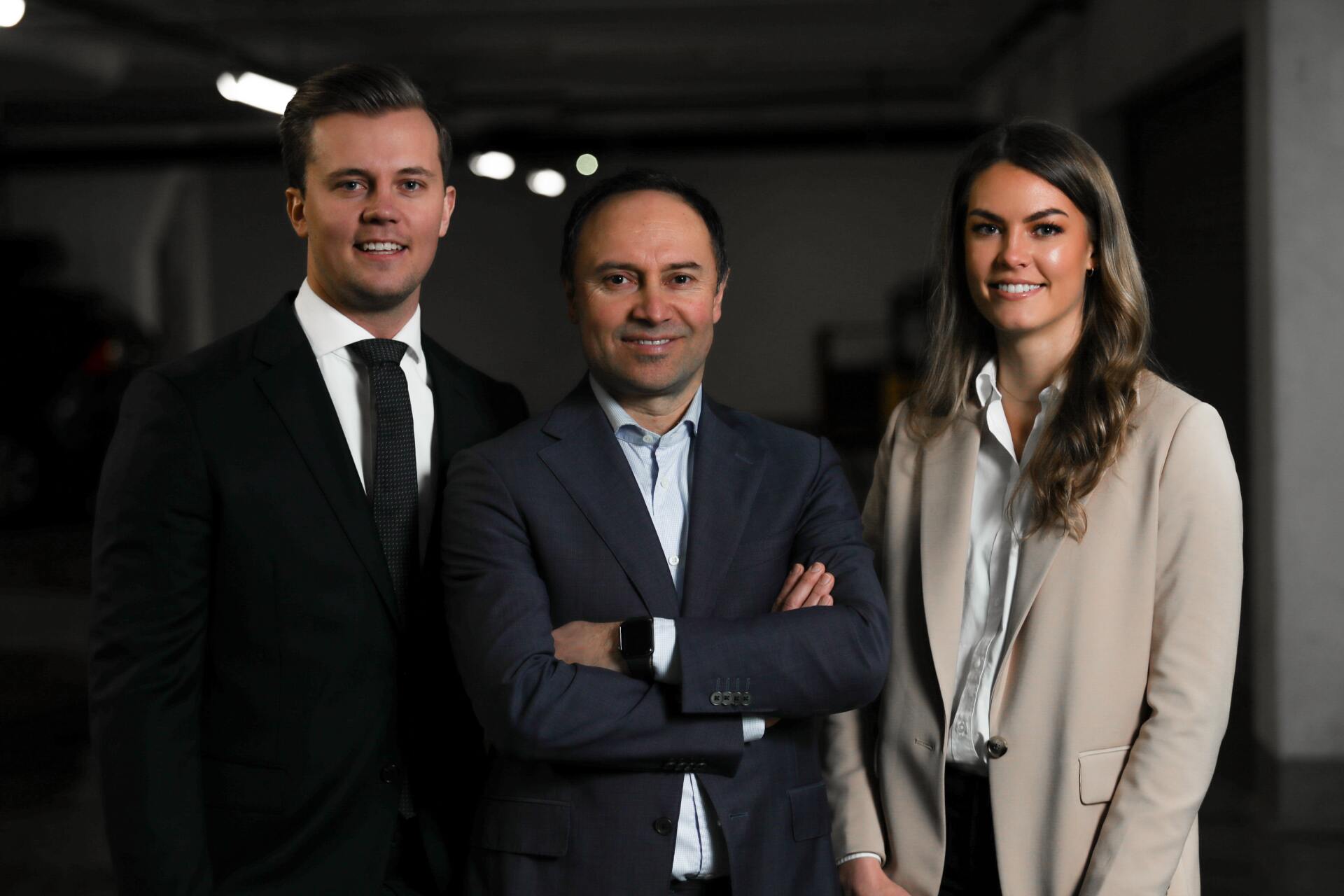What is Humble Leadership? How Can It Take Your Business to the Next Level?
Kim Padmore • August 9, 2020

James launched his mid size, Perth furniture business in 2015. The first three years saw a rapid increase in sales and profitability, but something wasn’t quite right in the last two years. There had been an increase in the number of customer complaints. Late deliveries, unfriendly customer service reps, lost sales opportunities and lost customers started to become a trend. Simply stated, James’ business was in trouble.
So, James called his managers into a claustrophobic conference room, he wanted answers. "I depend on you people to make this business work!" he barked. "Sales are dropping like a rock, which obviously means someone's not doing their job. We're not leaving this room until I find out who it is!"
No one speaks up. Everyone wants to crawl under their chair. James’ not getting answers, but what he doesn't know, is that the answer is right in front of him.
What is humble leadership?
James’ dictatorial leadership style might have worked when workers had few options and even fewer rights, but it clearly doesn't work now. The simple fact is that in the current employment landscape, workers who report to the "I know more than any of you" manager become resentful. They're less likely to be creative, resourceful or innovative—because in John's world, a mistake isn't a learning experience.
That's why an increasing number of business leaders are adopting a new approach, called ‘Humble Leadership.’ Humble leaders recognise their own limitations. They understand that everyone, irrespective of their position within an organisation, have something to contribute.
In How Humble Leadership Really Works , Harvard Business Review (HBR) explains how humble leaders (which they call "servant-leaders") develop their businesses by bringing out the best in their employees:
"The key, then, is to help people feel purposeful, motivated, and energized so they can bring their best selves to work…To put it bluntly, servant-leaders have the humility, courage, and insight to admit that they can benefit from the expertise of others who have less power than them. They actively seek the ideas and unique contributions of the employees that they serve. This is how servant leaders create a culture of learning, and an atmosphere that encourages followers to become the very best they can."
Why Does it Matter?
It would be easy to dismiss James’ lack of leadership skills as little more than a source of discomfort for his workers, not something that fundamentally affects the bottom line. The fact is, almost half of employees who work for leaders like James (according to Forbes ) are actively considering quitting. This ‘on average’ costs a business anywhere from 50% to 200% of an employee’s annual salary to replace them.
What are the principal traits of Humble Leaders?
Adopting a humble (ie, inspiring) leadership style, typically means higher employee engagement and increased productivity and profitability. For that reason, it's critically important to understand which traits characterise humble leaders. Although every business and every leader s different, generally, humble leaders share the following 5 traits:
-
They recognise their own limitations : one of the main reasons for start up business failures, is leaders who think they can "do it all." From finances to IT to marketing, these leaders assume their leadership position makes them ‘al things to all people’. As a result, they tend to make costly mistakes that place their businesses in jeopardy. Humble leaders have the courage and self awareness to understand when and where they need guidance and advice, and they're not afraid to ask for it.
-
They seek out talent in their workers : because humble leaders know what they don't know, they make a conscious effort to seek those skill sets in their employees. They're more likely to carefully assess employee skills at the time of hiring, and through ongoing performance evaluations. For this reason, they know to whom they can turn when they need help solving problems.
-
They inspire their employees : workers want to perform at their optimal level when their manager acknowledges the contributions they have made. Humble leaders have no problem ‘sharing the spotlight’. This inspires employees to work collaboratively and give their very best to a team effort.
-
They promote a culture of learning : because humble leaders can admit their own shortcomings, their employees are more likely to acknowledge gaps in their own skill sets. This inspires them to seek out training opportunities to advance their knowledge and their careers. Humble leaders are more likely to make those training and career opportunities available to their staff, promoting a culture of continual learning and improvement.
-
They listen : the best leaders listen more than they talk. Their role in meetings, for example, tends to be that of a facilitator who articulates the nature of a problem, actively listens to attendees' solutions and guides the discussion to consensus. This ensures not only the best solution, but also the buy in necessary to implement change.
Conclusion
A humble leadership style could be argued, is about ‘doing the right thing,’ looking after workers and respecting their contributions. Effectively leveraged and implemented, humble leadership can be a game changer for your business, reducing employee attrition, while increasing productivity and profitability.
Find the job you love I Find the right talent
Get in touch with people2people
Australia
I
United Kingdom
In business since 2002 in Australia, NZ, and the United Kingdom, people2people is an award-winning recruitment agency with people at our heart. With over 12 offices, we specialise in accounting and finance, business support, education, executive, government, HR, legal, marketing and digital, property, sales, supply chain, and technology sectors. As the proud recipients of the 2024 Outstanding Large Agency and Excellence in Candidate Care Awards, we are dedicated to helping businesses achieve success through a people-first approach.






